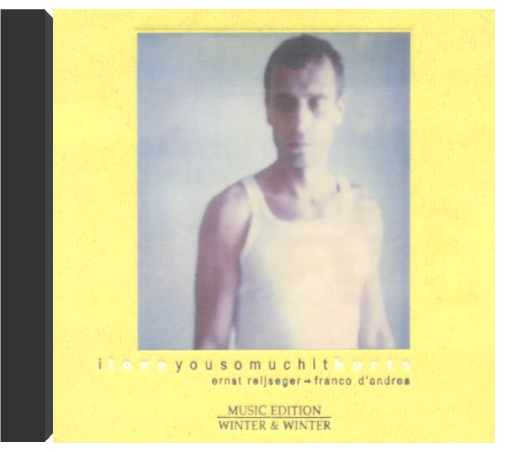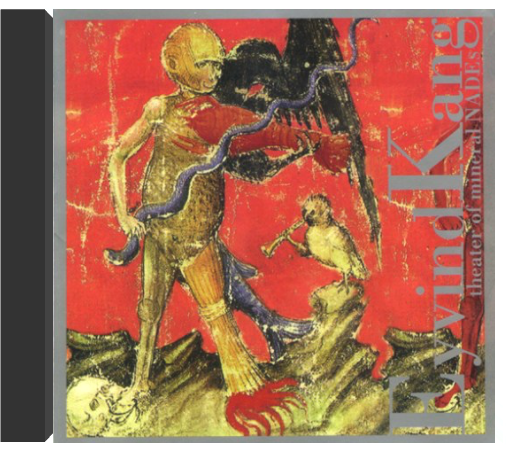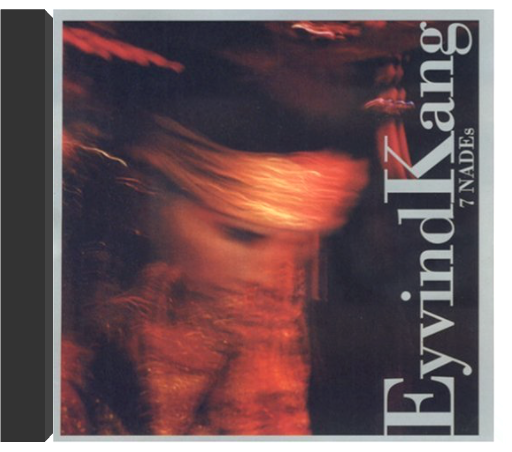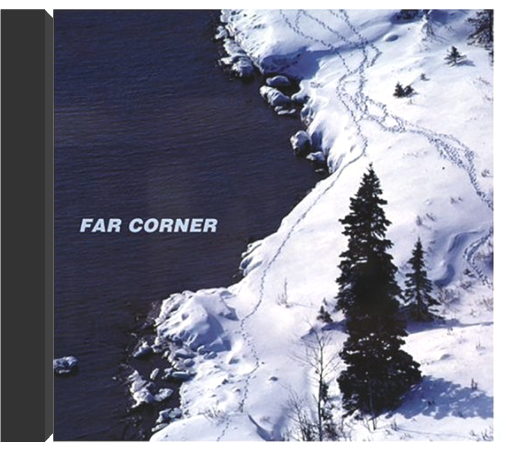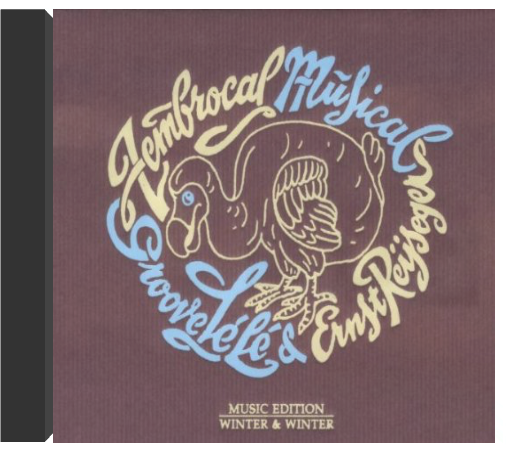 Zembrocal MusicalErnst Reijseger, Groove Lele Zembrocal MusicalErnst Reijseger, Groove Lele * The group Groove Lélé was founded by the children of Granmoun Lélé (a.k.a. "Pépé Dynamite"), musical icon of "Maloya." Musicologists have described his music as a mixture of traditional music from Zanzibar, Mozambique, Somalia, Madagascar, and the Congo or Cameroon—a style that consists essentially of the human voice and percussion. As the music of the slave riots and the slaves' descendants, Maloya was for a long time played secretly and connected with the fighters for independence. * Granmoun Lélé composed over 200 songs, which tell about daily life. He passed away in 2004 at the age of 74. Among the 12 musicians of his group, seven were his children—and they decided to carry on under the group name Groove Lélé. On October 1, 2009 Maloya became part of UNESCO's world heritage list. * Willy Phileas and Ernst Reijseger met for the first time for an artistic collaboration. Reijseger, an acclaimed cellist open to all musical styles, teams up here with Groove Lélé and invites longtime partners Alan "Gunga" Purves and Mola Sylla to join him. Together they present a unique program performed during this year's Musiques de Nuit Festival summer in Bordeaux, France. 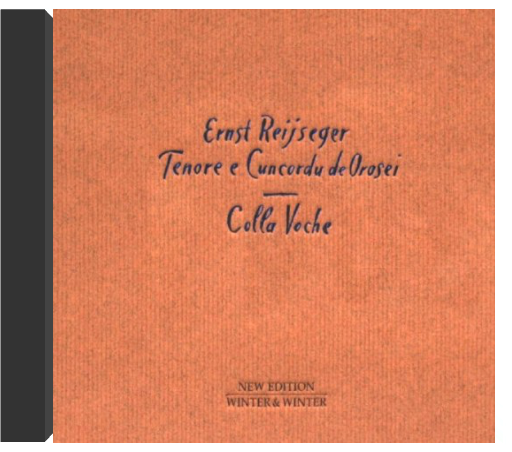 Colla Voche / Reijseger, Tenore E Cuncordu De OroseiErnst Reijseger, Tenore E Cuncordu De Orosei, Patrizio Mura, Piero Pala, Massimo Roych, Tonino Puddu Colla Voche / Reijseger, Tenore E Cuncordu De OroseiErnst Reijseger, Tenore E Cuncordu De Orosei, Patrizio Mura, Piero Pala, Massimo Roych, Tonino Puddu 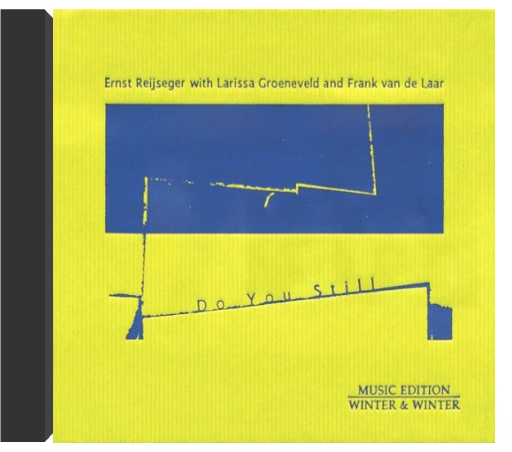 Do You StillErnst Reijseger with Larissa Groeneveld and Frank van de Laar Do You StillErnst Reijseger with Larissa Groeneveld and Frank van de Laar Includes compositions chosen by film director Werner Herzog for his motion picture Rescue Dawn. Ernst Reijseger is a Dutch cellist and composer specializing in jazz, improvised music, and contemporary classical music. He has worked with Derek Bailey, Yo-Yo Ma, Mola Sylla, and more. 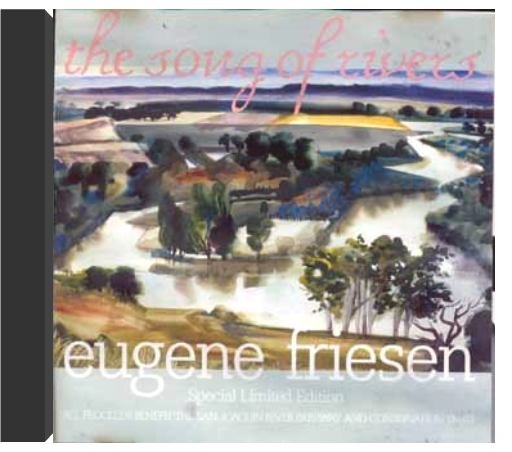 The Song of RiversEugene Friesen The Song of RiversEugene Friesen "The Song of Rivers" is a tribute to the San Joaquin River... (c) The San Joaquin River Parkway and Conservation Trust. SONGS: Upriver; Cove; Hymn for the Pacific Rim; The Water's Chant; We Shall Gather; The Song of Rivers; Anniversary; River Camp; Sarabande; This Valley; and, San Joaquin. 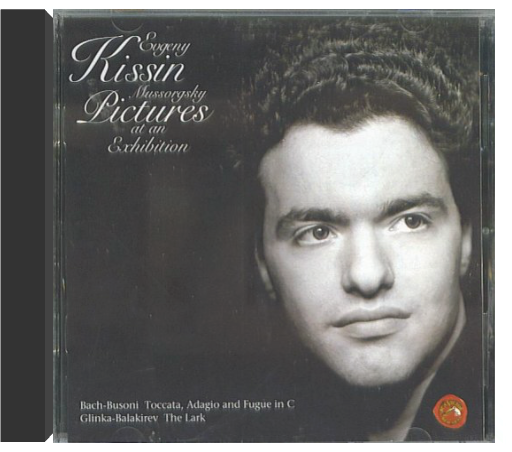 Mussorgsky: Pictures At An ExhibitionEvgeny Kissin Mussorgsky: Pictures At An ExhibitionEvgeny Kissin Nice classical piano by Evgney Kissin. Tracks 1 -3 3 are: Bach'sToccata, Adagio & Fugue in C, BWV 564. Track 4 is: Glinka's Lark. Tracks 5 - 20 are: Mussorgsky's Pictures At An Exhibition. 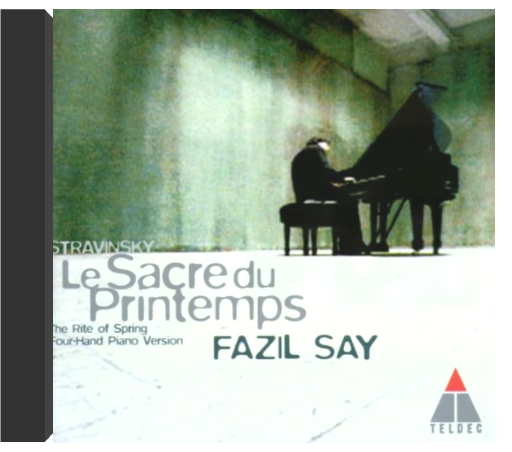 Stravinsky: Le Sacre du PrintempsFazil Say Stravinsky: Le Sacre du PrintempsFazil Say This is like no other Rite of Spring you're likely to be familiar with, not even the piano four-hands version it's based on. The pianist and Teldec's engineers have done some arcane digital overdubbing, synchronizing, and overrecording so that Say's two hands sound like many more pounding away at the keyboard. A prepared piano and percussive effects are added to further simulate the orchestra. And Say grunts and groans a lot. Still, piano versions of complex orchestral scores are more suited for study purposes and for clarifying elements that get lost when clothed in instrumental colors. Most people will be satisfied with the many fine orchestral recordings, including those by Dorati, Boulez, Markevitch, and Stravinsky. Despite the disc's synthetic quality, which will make it off-limits for many, it's undeniably exciting, full of raw power and interesting effects. The meager 31 minutes of playing time is justified by Say's claim that no appropriate disc mate could be found. (Someone should tell him about "Stop" buttons—nobody's forced to listen straight through.) As an "enhanced CD," it can be put into the CD drive of your computer, and you'll see a brief MTV-type video of Say doing snippets of Bach, Gershwin, and the Stravinsky in a cell-like room while the camera nervously jumps about. —Dan Davis  Mendelssohn: Symphony No. 4 Op. 90, Italian Op. 61 Incidental Music to Midsummer Night's DreamFelix Mendelsohn, George Szell, Cleveland Orchestra Mendelssohn: Symphony No. 4 Op. 90, Italian Op. 61 Incidental Music to Midsummer Night's DreamFelix Mendelsohn, George Szell, Cleveland Orchestra 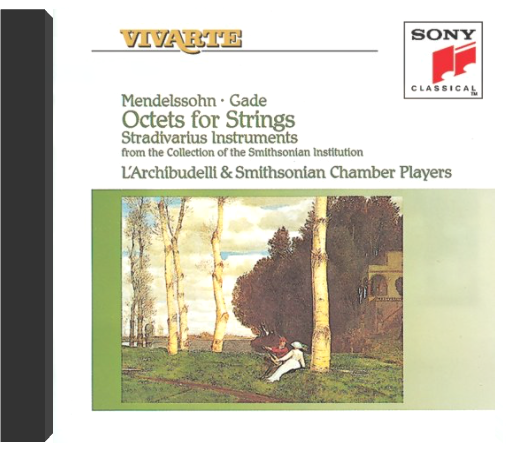 Mendelssohn / Gade: Octets for Strings (Stradivarius Instruments from the Collection of the Smithsonian Institution) - L'Archibudelli & Smithsonian Chamber PlayersFelix Mendelssohn Bartholdy (Composer), Niels Wilhelm Gade (Composer), Vera Beths (Violin), Jody Gatwood (Violin), Lisa Rautenberg (Violin), Gijs Beths (Violin), Steven Dann (Viola), David Cerutti (Viola), Anner Bylsma (Cello), Kenneth Slowik (Cello) Mendelssohn / Gade: Octets for Strings (Stradivarius Instruments from the Collection of the Smithsonian Institution) - L'Archibudelli & Smithsonian Chamber PlayersFelix Mendelssohn Bartholdy (Composer), Niels Wilhelm Gade (Composer), Vera Beths (Violin), Jody Gatwood (Violin), Lisa Rautenberg (Violin), Gijs Beths (Violin), Steven Dann (Viola), David Cerutti (Viola), Anner Bylsma (Cello), Kenneth Slowik (Cello) |
 Made with Delicious Library
Made with Delicious Library
